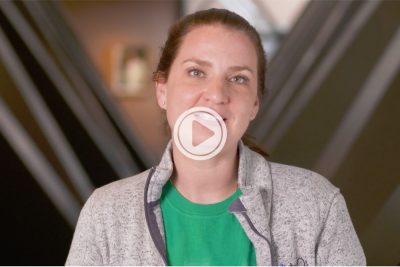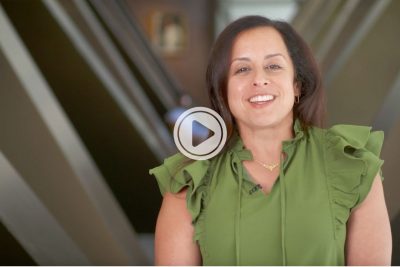
General Health & Wellness
Getting Your Family Through the 2024 Flu Season
It's that time of year - flu season. We are seeing many cases of Influenza at St. Louis Children's Hospital. But hopefully, your child will not be one of them. Here is some information about influenza to help you keep your child healthy this flu season. What is Influenza? Influenza is a contagious… READ MORE










